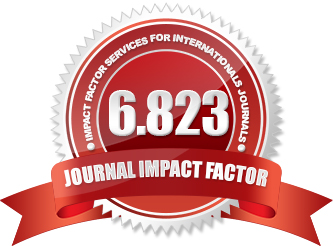The Effect of Work Conflict, Work Environment and Work Load on Work Stress (Study of Ship Crew (ABK) Patrol of Indonesian Maritime Security Agency Central Maritime Zone)
DOI:
https://doi.org/10.51699/pjcle.v6i.44Keywords:
Work Conflict, Work Environment, Workload, Work StressAbstract
Based on the background and studies and problems that have been formulated, the aim of the research is to know the effect of Work Conflict, Work Environment and Workload simultaneously on the Work Stress of the Bakamla Patrol Crew for the Central Maritime Zone, to find out the effect of Work Conflict on Work Stress on the Bakamla Patrol Crew. The Central Maritime Zone, knowing the effect of the Work Environment on Work Stress on the Bakamla Patrol Crew for the Central Maritime Zone and knowing the effect of Workload on Work Stress on the Bakamla Patrol Crew for the Central Maritime Zone. Based on table 5.7, it can be seen that the Work Conflict has a positive and significant effect on the Work Stress of the Bakamla Patrol Crew for the Central Maritime Zone. As the rule of significance testing, if the probability value is 0.05 ≤ Sig, then Ho is accepted and Ha is rejected which means it is not significant, and if the probability value is 0.05 ≥ Sig, then Ho is rejected and Ha is accepted which means it is significant.
From the results of data analysis, it is known that the significance value for the probability of t value or the significance of Work Conflict (X1) on work stress (Y) is 0.001 or less than 0.05, meaning that it can be concluded that the hypothesis (Ho1) is accepted or it means that there is a positive influence. The Work Environment variable as shown in the data in table 5.7 shows that the work environment has a positive and significant effect on the work stress of the Bakamla Patrol crew for the Central Maritime Zone. This is based on the rule of significance testing if the probability value is 0.05 ≤ Sig, then Ho is accepted and Ha is rejected, meaning that the effect is not significant, and if the probability value is 0.05 ≥ Sig, then Ho is rejected and Ha is accepted, meaning that the effect is significant. From the results of data analysis, it is known that the significance value for the probability of the t value or the significance of the Work Environment (X2) on Work Stress (Y) is 0.004 or less than 0.05. This condition can conclude that the hypothesis (Ho2) is accepted or it means that there is a positive influence.
The workload variable is known to have a positive and significant effect on the work stress of the Bakamla Patrol Crew for the Central Maritime Zone. This is evident from the results of the significance test if the probability value is 0.05 ≤ Sig, then Ho is accepted and Ha is rejected which means it is not significant and if the probability value is 0.05 ≥ Sig, then Ho is rejected and Ha is accepted which means it is significant. From the results of data analysis, it is known that the significance value for the probability of the t value or the significance of Workload (X3) on Work Stress (Y) is 0.003 or less than 0.05, it can be said or concluded that the hypothesis (Ha3) is accepted or it means that there is an influence. Simultaneous analysis of Work Conflict, Work Environment, and Workload is known to have a positive and significant effect on the work stress of the Bakamla Patrol Crew for the Central Maritime Zone.






